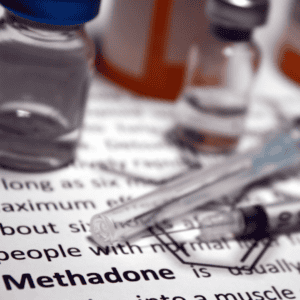Exploring the Different Medications Used in MAT Programs
Medication-Assisted Treatment (MAT) has become a cornerstone in the fight against opioid and substance use disorders. In Phoenix, MAT programs are integral to helping individuals recover and rebuild their lives. These programs combine medications with counseling and behavioral therapies to address substance use disorders comprehensively. This article delves into the various medications used in Phoenix MAT programs, highlighting their roles, benefits, and how they contribute to successful recovery outcomes.

Methadone
Methadone is a long-acting opioid agonist used to treat opioid use disorder. It works by binding to opioid receptors in the brain, but in a controlled manner, which helps reduce withdrawal symptoms and cravings without causing the euphoric high associated with opioid abuse. Methadone is administered daily under strict supervision at licensed clinics. Its efficacy in stabilizing individuals and reducing illicit drug use has been well-documented. Methadone remains a crucial medication in the management of opioid use disorder, offering significant benefits in stabilizing individuals, reducing cravings, and preventing relapse. When used as part of a comprehensive treatment plan, including counseling and behavioral therapies, methadone can be a powerful tool in helping individuals achieve long-term recovery and a better quality of life.


